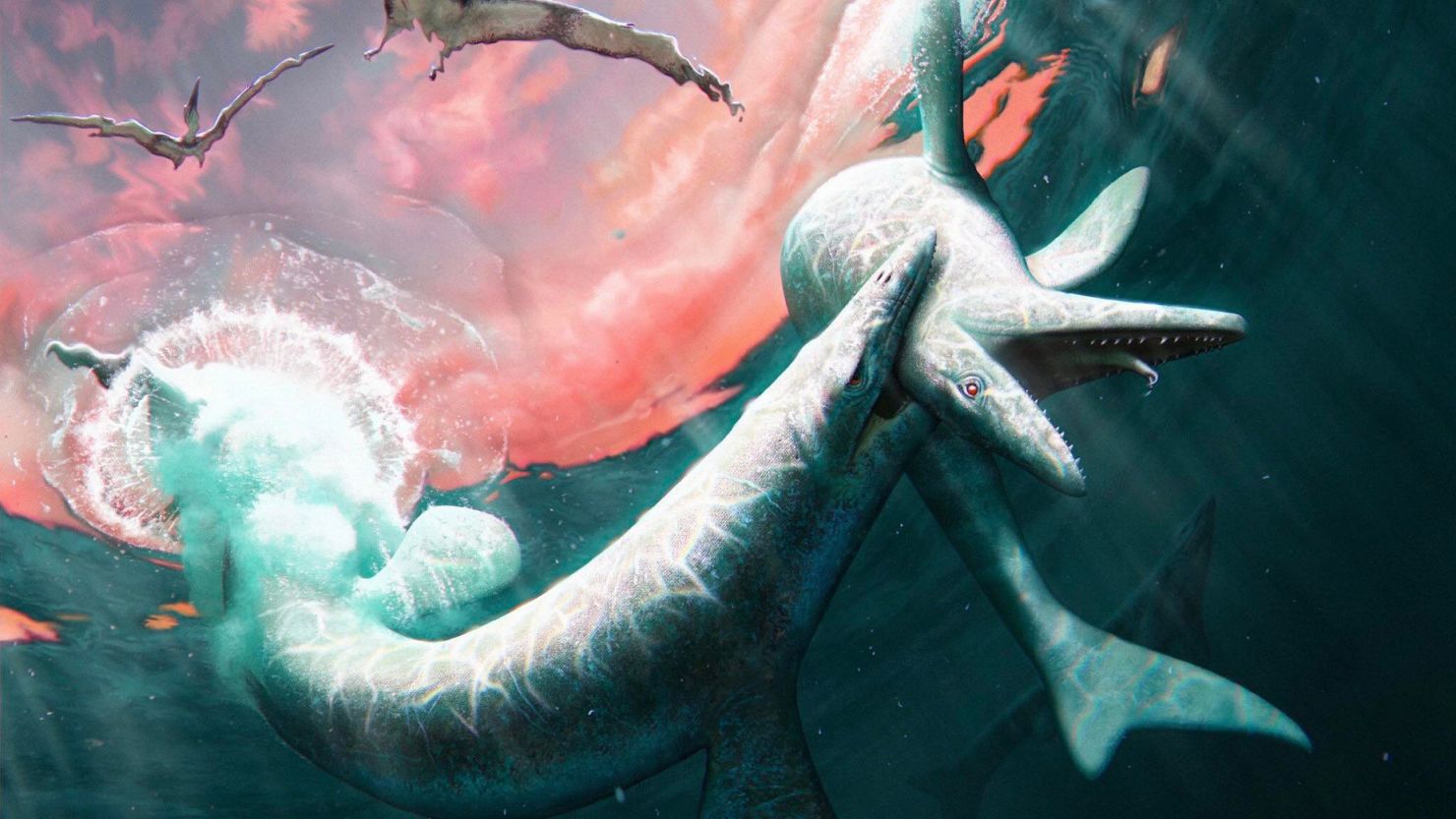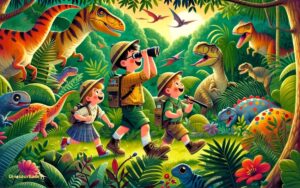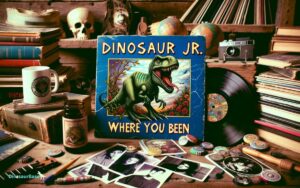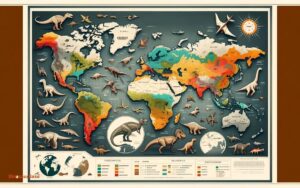Is Dinosaur Sleeping? Unearthing Prehistoric Bedtime Secrets
Dinosaurs, like many animals, needed sleep to survive, although direct evidence of sleeping behavior is rare due to the nature of fossilization. Understanding dinosaur sleep patterns involves examining related modern species and fossilized resting postures.
The question of whether dinosaurs slept is one that fascinates both scientists and the public alike. Delving into the prehistoric realm, the sleep patterns of these ancient creatures remain largely a mystery, but evidence suggests that they did indeed rest much like today’s animals.
Paleontologists deduce potential sleep behaviors by comparing dinosaurs with modern birds and reptiles, their closest living relatives. The rare discovery of fossilized dinosaurs in what appears to be a resting position provides additional clues. These insights help to paint a picture of the ancient world, where even the mightiest predators and the most colossal herbivores would retreat to a state of repose, recharging for the challenges of their prehistoric lives. The study of dinosaur sleeping habits not only satiates our curiosity but also enriches our understanding of the daily lives of these fascinating creatures that once roamed our planet.

Ancient Slumbers: Dinosaur Sleep Patterns
Ancient Slumbers: Dinosaur Sleep Patterns remain a captivating mystery to both scientists and dinosaur enthusiasts alike. How did these colossal creatures rest millions of years ago? Understanding their sleep patterns gives us a peek into the daily lives of these ancient reptiles. Let’s explore the evidence we have and what we can infer about their slumber from the fossils they left behind, and their modern-day relatives.
Evidence From Fossils
Fossils serve as time capsules, preserving ancient behaviors. Several fossil finds have given us clues about dinosaur sleep patterns. For example, a curled-up dinosaur fossil suggests some species might have slept like birds, tucking their heads under their arms. This position could have helped keep them warm and safe at night. These “dinosaur beds” show where dinosaurs laid down, which can tell us about their sleeping postures.
- Curled Up Positions: Fossils with dinosaurs in a sleeping curl hint at bird-like behavior.
- Nestled Groups: Some fossils show dinosaurs that may have slept together for warmth or safety.
- Preserved “Beds”: Areas where dinosaurs rested, leaving behind body-shaped hollows in the ground.
Modern Relatives And Inferences
Birds and reptiles, the closest living relatives of dinosaurs, offer vital insights into possible dinosaur sleep habits. Many birds have a sleep stance that is one-legged or with their heads tucked back, while reptiles present a range of sleeping styles, from sleeping underwater to basking on warm rocks as they rest.
| Modern Relatives | Similar Sleep Behaviors |
|---|---|
| Birds | One-legged stance, head-tucked position |
| Reptiles | Underwater sleep, basking on rocks |
Studying these live animals helps us speculate how dinosaurs might have rested their gigantic bodies. With careful analysis of both fossils and contemporary wildlife, a picture of dinosaur sleep patterns becomes clearer, though many details are still filled in by the imagination.
Paleo-pillows: Uncovering Dinosaur Resting Spots
Imagine gigantic reptiles, dinosaurs, tucking in for the night millions of years ago. ‘Paleo-Pillows: Uncovering Dinosaur Resting Spots’ takes us on a journey back in time. We explore where these mighty creatures might have slept. Scientists study old bones and fossils to guess their bedtime habits. This isn’t just about curiosity. It helps us understand dinosaur lives better.
Dinosaurs created nests to rest and raise their young. Some, like the Maiasaura, were very caring parents. They built big nests and stayed to guard their babies.
- Nest structures varied from simple to complex.
- Herbivores often nested in groups.
- Predators chose solitary spots for safety.
The place a dinosaur picked to sleep was crucial. Climate and surroundings played a big part. Warm-blooded ones might have slept in open areas to stay cool.
- Climate shaped sleeping habits.
- Landscape offered different sleep spots.
- Season changes might have affected sleep.
When Dinosaurs Dream: Sleep Cycles Of The Prehistoric
Welcome to the intriguing world of ancient slumber—specifically, the sleep cycles of dinosaurs. Delving into this topic not only fuels the imagination but allows us to glean insights into the behavior of these magnificent prehistoric creatures. Let’s unravel the mysteries of dinosaur dreamland.
Rem Sleep Possibilities
Could dinosaurs experience REM sleep? This stage, associated with dreaming in humans, remains a fascinating topic. Birds, descendants of certain dinosaurs, engage in REM sleep. Thus, scientists hypothesize their prehistoric ancestors did too. Although direct evidence is elusive, modern technology could unveil secrets hidden in fossilized remains, leading to potential breakthroughs in our understanding.
Sleep Duration Theories
Determining how long dinosaurs slept intrigues researchers and paleontologists. The size and metabolism of the species may hint at sleep patterns similar to modern animals. Smaller dinosaurs, akin to small birds or mammals, may have had short, frequent rest periods. Larger dinosaurs, comparable to big mammals like elephants, possibly favored longer, less frequent sleeping sessions. Fossil formations and behavior studies guide these theories.

Credit: medriva.com
Dinosaurian Dozing Postures
Dinosaurs ruled the Earth for millions of years. Like all creatures, these giants needed rest. But how did these massive reptiles sleep? Let’s unravel the secrets of dinosaur sleeping ways and postures. Peek into the past to see how the great lizards slumbered.
Physical Adaptations For Sleep
Dinosaurs evolved unique features suited for resting. Each adaptation served a purpose in the wild. From the long-necked sauropods to the speedy raptors, each had a special way to snooze.
- Sauropods: Likely slept standing, with legs locking securely.
- Theropods: Balanced on their hips, with folded limbs underneath.
- Armored dinosaurs: Used their heavy armor as a barrier while sleeping.
These physical traits show dinosaurs were well-prepared for rest in their environments. The adaptations helped them stay safe even during their most vulnerable times.
Species-specific Sleeping Habits
Each dinosaur species had distinct sleep patterns. They suited their lifestyle and ensured survival throughout various periods.
| Dinosaur Group | Sleeping Habit |
|---|---|
| Sauropods | Standing with necks lowered |
| Theropods | Curled like birds, heads tucked |
| Armored Dinosaurs | Lying on their sides or stomachs |
Different dinosaurs slept in ways that kept them alive and well-rested. Learning these habits gives us insight into their daily lives and survival strategies.
Behemoth Bedtimes: Group Sleeping Dynamics
Imagine a world millions of years ago where giant reptiles roamed free. Yes, we’re talking about dinosaurs. But ever wondered: how did they sleep? This section dives into the fascinating bedtime rituals of these ancient giants. We will unpack whether these creatures were pack sleepers or lone resters. We’ll also delve into how they managed vulnerability and defense while they were off in dreamland. Get ready to explore the long-lost world of dinosaur sleep!
Pack Sleepers Vs. Lone Resters
Dinosaurs might not have had cozy beds, but sleep was crucial for their survival. Some dinosaurs slept in groups, while others preferred solitude. Let’s break it down:
- Pack Sleepers: These dinosaurs found strength in numbers. Flocking together provided warmth and safety through the night. The famous Velociraptor may have curled up with its kin, much like wolves do today.
- Lone Resters: On the flip side, some species like the mighty Tyrannosaurus Rex may have been too territorial for group snoozes. They likely chose secluded spots to rest their massive frames alone.
Vulnerability And Defense
Sleeping made dinosaurs vulnerable to predators and the elements. Their sleeping strategies had to include defense mechanisms. Here’s how they managed:
| Sleeping Strategy | Details |
|---|---|
| Choosing Safe Locations | Nesting in areas with good visibility to detect threats, or in hard-to-reach places. |
| Protective Positions | Laying with vulnerable areas covered or within a circle formation to guard against sneak attacks. |
| Keeping Watch | Some may have slept with one eye open or taken turns to watch over the group throughout the night. |
This combination of choosing safe spots, adopting protective postures, and maintaining alertness ensured dinosaurs stood the best chance of waking up to see another prehistoric sunrise.

Credit: www.cnn.com
Mythbusting Dino Snores
Have you ever wondered about the sleeping habits of the massive creatures that once roamed our planet? Mythbusting Dino Snores takes a deep dive into dinosaurs’ bedtime rituals. Let’s uncover the truth and put those tall tales to rest!
Debunking Sleep Myths
When it comes to dinosaurs, many people have wild imaginations. They think of gigantic beasts roaring…even in their sleep! But did these ancient reptiles even snore? Studies of fossilized remains reveal interesting insights. Dinosaurs likely had different sleep patterns, just like animals today. To imagine them like our noisy neighbors is fiction, not fact. So, let’s dispel one myth: dinosaurs may not have been the snoring giants of our dreams.
- No evidence of snoring in dinosaurs.
- Modern reptiles don’t usually snore; dinosaurs might have been similar.
- Dinosaur sleeping habits remain a mystery but probably varied widely.
Fact-checking Dinosaur Bedtime Stories
Everyone loves a good bedtime story, especially when it comes to dinosaurs. But how do these tales measure up against scientific scrutiny? Fossil discoveries and modern technology give a clearer picture of dinosaur life, including their rest. Were there real-life “beds” for dinosaurs? Not quite, but fossils show us how they might have settled down. Nesting grounds and curled-up skeletons suggest that dinosaurs did rest, but without pillows and blankets!
| Dinosaur | Likely Sleep Habit |
|---|---|
| Velociraptor | Curl up with a tail over the face |
| Tyrannosaurus Rex | Possible squatting posture |
| Sauropods | Stretched out on their sides |
- Dinosaurs didn’t have sleepwear or beds.
- Fossil beds give clues to resting positions.
- Like modern animals, sleep habits varied among species.

Credit: www.nytimes.com
Frequently Asked Questions For Is Dinosaur Sleeping
How Do Dinosaurs Fall Asleep?
Dinosaurs likely fell asleep through a process similar to contemporary reptiles, assuming a safe, comfortable position and closing their eyes to rest. Their sleep patterns remain largely a mystery to scientists.
Are Dinosaurs Active At Night?
Some dinosaurs were likely nocturnal, active during the night, while others were diurnal or crepuscular. Paleontologists use bone structure and fossils to infer their activity patterns.
What Did Dinosaurs Do At Night?
Dinosaurs likely engaged in various activities at night, such as hunting, foraging for food, and carrying out social behaviors. Some species may have slept to conserve energy.
Did Dinosaurs Sleep Like Birds?
Dinosaurs may have had sleep patterns similar to birds, as they are closely related, but specific sleeping behaviors remain unknown due to limited fossil evidence.
Conclusion
Understanding dinosaur sleeping habits offers a unique window into prehistoric life. These creatures’ slumber patterns suggest behaviors and physical needs akin to animals today. Learning more not only satiates our curiosity but informs evolutionary biology. So, let’s keep piecing together this mesmerizing prehistoric puzzle with each new fossil discovery.






